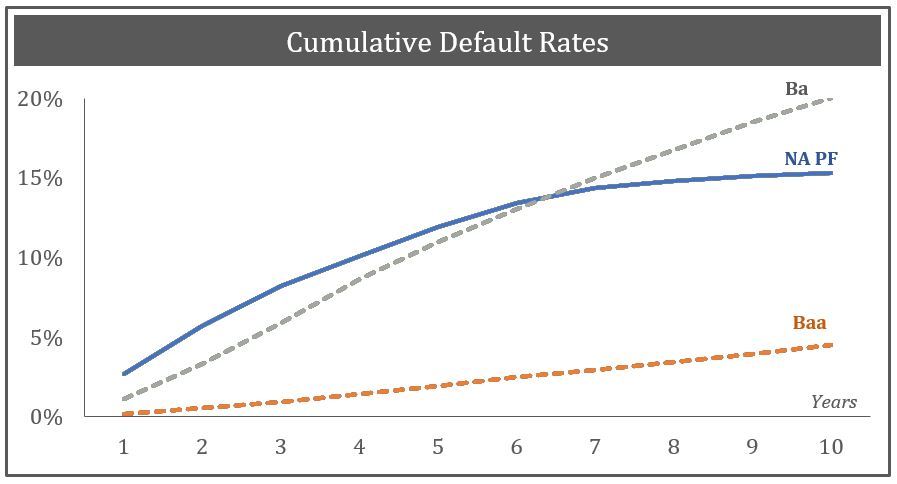You had to love the narrative that the financial media put over about the 1000-plus point zoom in the DJIA on Wednesday: that pension funds were “rebalancing” their portfolios. It dredged up the image of a drowning man at the bottom of the deep blue sea with an anchor in one hand and an anvil in the other, switching hands.
Thursday’s last minute 900-point turnaround was another marvelous stunt to behold. Somebody gave the drowned man a pair of swim fins to kick himself furiously to the surface for a gulp of air. The truth, of course, is that pension funds are sunk, however you balance their investment loads while they’re underwater. They over-bought stocks out of sheer desperation during ten years of near-ZIRP bond yields, and started rotating back into bonds as they crept above the ZIRP handle, and now with bond yields retreating, they’re loading up again on still-overpriced stocks that pretend to be “bargains.” Everybody knows that this will not end well for pension funds. Glug Glug.
The financial press and their red-headed step-siblings in the regular news media seem to think that getting rid of Mr. Trump will power the perpetual bull market into an Elon Musk nirvana of Martian vacations, hyperloops, and another chapter of US world domination — with Wonder Woman running the Joint Chiefs of Staff, spearheading an army of eunuchs. The New York Timesmade yet another pitch for impeachment today (Friday) in an editorial by the revered swamp fossil Elizabeth Drew, 83, who laid out everything but a credible case against the Golden Golem of Greatness. The newspaper makes itself more ridiculous each day in its furious gyno-narcissistic hysteria.
…click on the above link to read the rest of the article…






